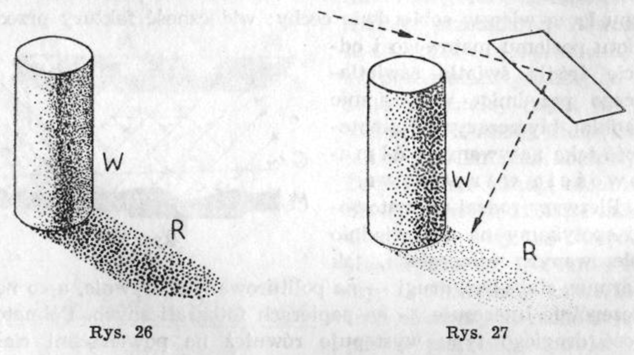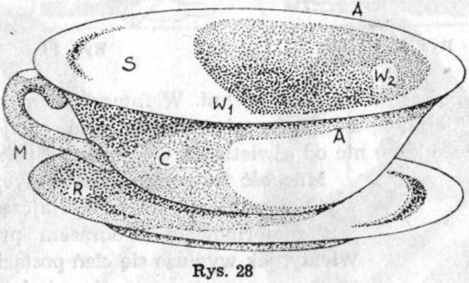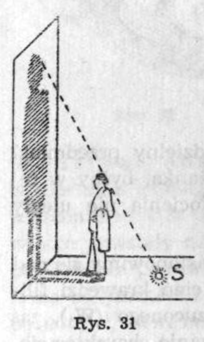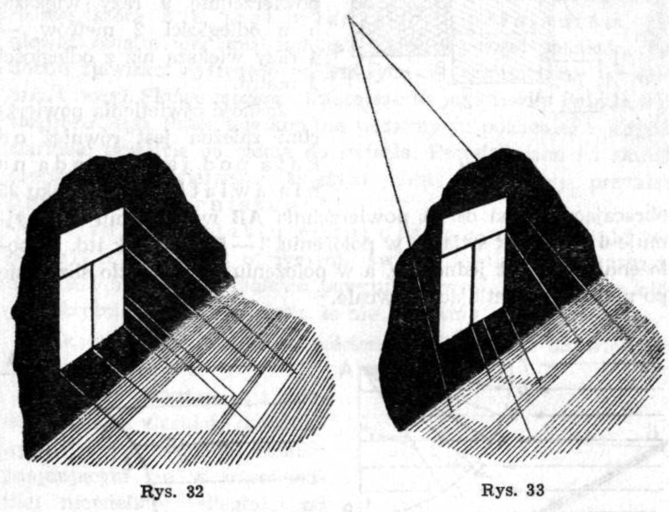So items, especially spatial, cause shadows, lights and shadows. Shadows, when properly lit, appear on the objects that create them, relatively on other objects and surfaces.
The exact definition defines a shadow as an unlit space, outside of the object, obscuring light rays. So we are talking about the shadow of the Earth, into which the moon enters during an eclipse, or the shadow of the moon, similarly to a solar eclipse. Darkening of the surface of the object, in the shadow is called the shadow image. However, for the sake of simplicity, the image of a shadow is colloquially referred to as a shadow. We also use this simplified terminology.
Shadow in the photo, so the surface not illuminated by rays running directly from the main light source is the basic element of quality lighting.
The basic light forms the basis of workshop lighting. In addition to the main light, we distinguish supplementary lights, which illuminates the dark parts of the shadows. When using only one light source, we always deal with the so-called. residual light, reflected from non-photographed objects.
 In the meantime, let's distinguish two types of shadows: own shadows (drawing 26 W) and cast shadows (R). Own shadows are created on the surface of the illuminated object, on the display page. (The illuminating side, or in short, the illuminating side, is the side of the object, which is facing the light. The display page - this page, which is facing the shadow). Cast shadows form on the surface of other objects. In the drawing 26 own shadows formed on the surface of the cylinder (W), cast shadows - on the surface of the base (R). The brightness of the shadow depends not only on the brightness of the light, but from the brightness of the surface, on which it is created (that is, from its own tonality), from reflected light (residual) and from other bright ones, nearby items (drawing 27).
In the meantime, let's distinguish two types of shadows: own shadows (drawing 26 W) and cast shadows (R). Own shadows are created on the surface of the illuminated object, on the display page. (The illuminating side, or in short, the illuminating side, is the side of the object, which is facing the light. The display page - this page, which is facing the shadow). Cast shadows form on the surface of other objects. In the drawing 26 own shadows formed on the surface of the cylinder (W), cast shadows - on the surface of the base (R). The brightness of the shadow depends not only on the brightness of the light, but from the brightness of the surface, on which it is created (that is, from its own tonality), from reflected light (residual) and from other bright ones, nearby items (drawing 27).
It is easy to distinguish the own shadow from the shadow cast on a convex surface, such as a roller, ball or cone, or a figure with sharp edges - a cube. It is much more difficult to distinguish them on concave surfaces.
 Drawing 28 depicting a cup and saucer explains this issue. C is obviously the shadow of the cup, and the R on the saucer a cast shadow. It is more difficult to decide on the qualification of the shadow M on the handle of the cup; whether this handle is to be regarded as an integral part of the cup, or for another, standalone item? Because the saucer, if it was attached to a cup, would be in the same situation as the ear, although the chiaroscuro systems did not change then.
Drawing 28 depicting a cup and saucer explains this issue. C is obviously the shadow of the cup, and the R on the saucer a cast shadow. It is more difficult to decide on the qualification of the shadow M on the handle of the cup; whether this handle is to be regarded as an integral part of the cup, or for another, standalone item? Because the saucer, if it was attached to a cup, would be in the same situation as the ear, although the chiaroscuro systems did not change then.
An even more difficult situation arises, when we consider the shadow formed inside the cup, where the shadow of the edge of the cup (AA) it suggests to us the nature of the shadow cast (W1), and the shadow of the interior near the edge (W2) definitely has the character of its own shadow. The self-shadow of a concave object becomes a cast shadow. In the portrait, there is a nose in a situation similar to the handle of a cup. Such shadows are called concave shadows.
Concave shadows are often found in architectural themes.
Shadow shape depends on the shape of the object, casting that shadow, from the arrangement of this object in relation to the light source, from the surface, where the shadow is made, and the shape and location of this surface. In photography, we are also interested in the direction, from which we view this shadow, but it's not a lighting issue, but only from perspective.
The multitude of shadow forms is the reason for its great importance in photography. Most often, a shadow is a deformed image of an object. We know, how the shadow of a human figure lengthens, projected onto the horizontal surface of the pavement, when the sun is low or when a street lamp shines in the distance (drawing 29).
 When in the path of the rays, creating such a shadow, there is a vertical wall, the shadow on it will break and deform (drawing 30). When the surface is slanted, tilted backwards, the top of the shadow lengthens. When the light on the oblique surface will fall obliquely, the shadow of a vertical object will assume a non-vertical position. The shadow on the vertical surface will be disproportionately enlarged, when the light source is placed low and close to the object (drawing 31).
When in the path of the rays, creating such a shadow, there is a vertical wall, the shadow on it will break and deform (drawing 30). When the surface is slanted, tilted backwards, the top of the shadow lengthens. When the light on the oblique surface will fall obliquely, the shadow of a vertical object will assume a non-vertical position. The shadow on the vertical surface will be disproportionately enlarged, when the light source is placed low and close to the object (drawing 31).
 If the surface, where the shadow is formed, will be broken, the shadow will break, and when it's cold, convex or concave, the shadow will bend, will deform, will expand.
If the surface, where the shadow is formed, will be broken, the shadow will break, and when it's cold, convex or concave, the shadow will bend, will deform, will expand.
It's also worth remembering, that parallel-ray light deforms shadows less (drawing 32) from light coming from a nearby point (drawing 33). Deformations of this type happen in photographic studios and constantly occur in the theater.
